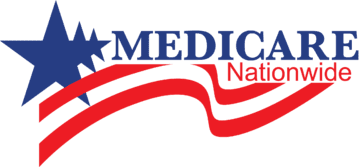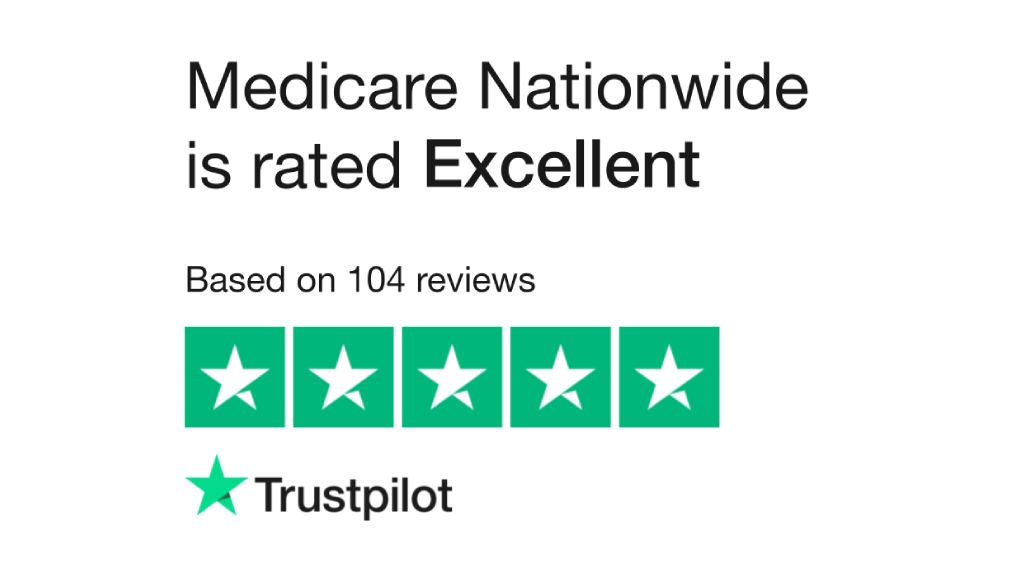What is the Medicare Penalty?
Medicare enrollment penalties can be applied to Part A, Part B, and Part D. Each part has different requirements and timelines you must follow if you want to avoid the penalty.
Why are there Medicare penalties?
The purpose of late enrollment penalties is to encourage Medicare beneficiaries to receive adequate health and prescription drug coverage. Without the penalty, many people might delay the process until something catastrophic happens in their life. At that point, the cost to society would be higher. By ensuring that people are covered, the government actually keeps costs stable for everyone receiving Medicare.
Part A Penalty
Part A of Medicare covers hospitalization. Some people do not have to buy Part A because they qualify for a premium-free Part A. However, you may need to purchase Part A when eligible. If you don’t buy Part A when you are first eligible, your premium may go up 10%. You will continue to pay the higher premium for twice the number of years you did not sign up for the plan.
For example, if you wait a year to enroll, you would pay a 10% penalty for two years.
Part B Penalty
Part B Medicare covers doctors and specialist visits and treatments.
If you do not sign up for Part B when you are eligible, a late fee is tacked onto your monthly Part B premium. The penalty could be up to 10% of your premium for every 12-month period you were eligible for Part B.
This appointment is meant to alleviate any concerns and there is no-cost or obligation to make a change.
Let’s say Bob was eligible for Medicare back in 2016, but his initial enrollment period ended in December 2016. Bob waits until March 2019 to enroll in Part B. His coverage for Part B will begin on July 1, 2019. His penalty will be 20% of his monthly premiums. He went two full 12-month terms without Part B, so for each term, there is a 10% penalty.
Unfortunately, this premium never disappears. You will continue to pay it as long as you have Part B. For the rest of your life, this penalty will be included in your monthly premium.
Part D Penalty
Part D is Medicare’s prescription drug coverage. If you wait to enroll in Part D after your Initial Enrollment Period is over and you go more than 63 days in a row without drug coverage, you will owe a penalty.
What’s the cost of the Part D penalty?
Medicare calculates the penalty by multiplying 1% of the “national base beneficiary premium” times the number of months you didn’t have drug coverage. The penalty is then added to your monthly Part D premium.
What is the “national base beneficiary premium”?
This can change each year, but in 2020 the monthly premium is $32.74 and in 2021 the amount will be $33.06.
Because the national base beneficiary premium may change each year, your penalty amount will change when calculated off that base.
Here is how it looks in real life;
Mrs. Johnson is eligible for Medicare, but she doesn’t enroll in Part D before her enrollment period closed in May 2017. She waited to join during the open enrollment period in 2019, which ended in December 2019. After enrolling, her coverage was effective on Jan 1, 2020.
Mrs. Johnson went without coverage from June 2017 through Dec 2019. That’s a total of 31 months. Her penalty will be 31%. In 2020 the base premium is $32.74. A 31% penalty x $32.74 base premium = $10.15. The penalty is always rounded to the nearest $.10. Her monthly penalty will be $10.20.
Once 2021 rolls around, the penalty will be calculated on the new base premium of $33.06. A 31% Penalty x $33.06 = $10.25, which is rounded to $10.30 per month.

Strategies for Avoiding the Medicare Penalty
Part A
Most Americans will not need to worry about the Part A penalty because for them Part A will be free. The reason is that they paid the Medicare tax while working and this pays for Part A after they turn 65.
If you do not have an employment history or enough working history, you will need to pay for Part A.
If you are in this group, you need to make sure to enroll during the initial enrollment period, which is three months prior to your 65th birthday and three months after.
Part B
Enroll in Part B as soon as you are eligible and you will avoid Medicare’s Part B enrollment penalty. This penalty can be substantial because it is permanent and you will continue to pay it for the remainder of your life.
The exception to the penalty is if you are covered by a group health plan because you or your spouse are still working.
If the group health coverage ends, you need to enroll in Part A and Part B to avoid penalties. You are given eight months starting the month after coverage or employment ends, whichever comes first. For example, if your employment ends on June 15 and your group coverage continues until Jun 30, you have until Nov. 15 to enroll in Part A and Part B.
Appealing the Part B Penalty
Appealing a Part B penalty is more difficult than with other plans. The only way you can dispute it is if you received bad advice from a government agent on delaying your enrollment. If this is the case, you need to put a case together with information regarding the time and date of the conversation, the name of the person, and what you did as a result of the information.
The experts at Medicare Nationwide can help you discuss this information to help you with the process.
This appointment is meant to alleviate any concerns and there is no-cost or obligation to make a change.
Part D
There are 3 ways to avoid the Part D penalty.
– Enroll when you are eligible.
The enrollment period is six months around your 65th birthday: three months prior and three months after. Even if you do not take any prescriptions today, you need to sign up unless you want to incur the penalty later.
– Enroll in creditable prescription drug coverage.
You may already be part of a prescription drug plan that will waive the penalty. If you are enrolled in a drug plan from your current or former employer, TRICARE, the Indian Health Service, the Veterans Administration, or even individual health coverage, it is considered creditable. Make sure you tell your Medicare plan about this coverage.
– Enroll if you lose your creditable plan
Maybe you have drug coverage, but the coverage is ending. If that happens, you need to enroll in Part D within 63 days or you will incur the penalty. As soon as you know coverage will end, contact a Medicare professional to begin the process of finding a Part D plan.
Disputing the Part D Penalty
If you are charged a penalty for Part D, you can dispute it. You will be notified by letter that you are going to be charged a penalty. Along with that letter, you will receive a reconsideration request form. You have 60 days from the date of the letter to provide proof to support your case. Proof of creditable prescription drug coverage should be sufficient.
If you question whether you have sufficient proof, we have Medicare experts that can help you determine proof to avoid the penalty.

Talk to a Professional About Your Options
Medicare penalties can be scary. Most people don’t need to worry about Part A penalties. However, the Part B & D penalty is significant enough because it is permanent that you want to avoid it.
As soon as you are eligible for Medicare, please talk with a professional to help wade through all your options, so you protect your own healthcare budget throughout your retirement years.
Our agents have years of experience helping seniors regardless of income and health situation navigate the Medicare system. Our goal is to find you the best coverage at the best value and protect your financial well being.
Prefer to chat by phone? Give us a call at 1-888-559-0103.

